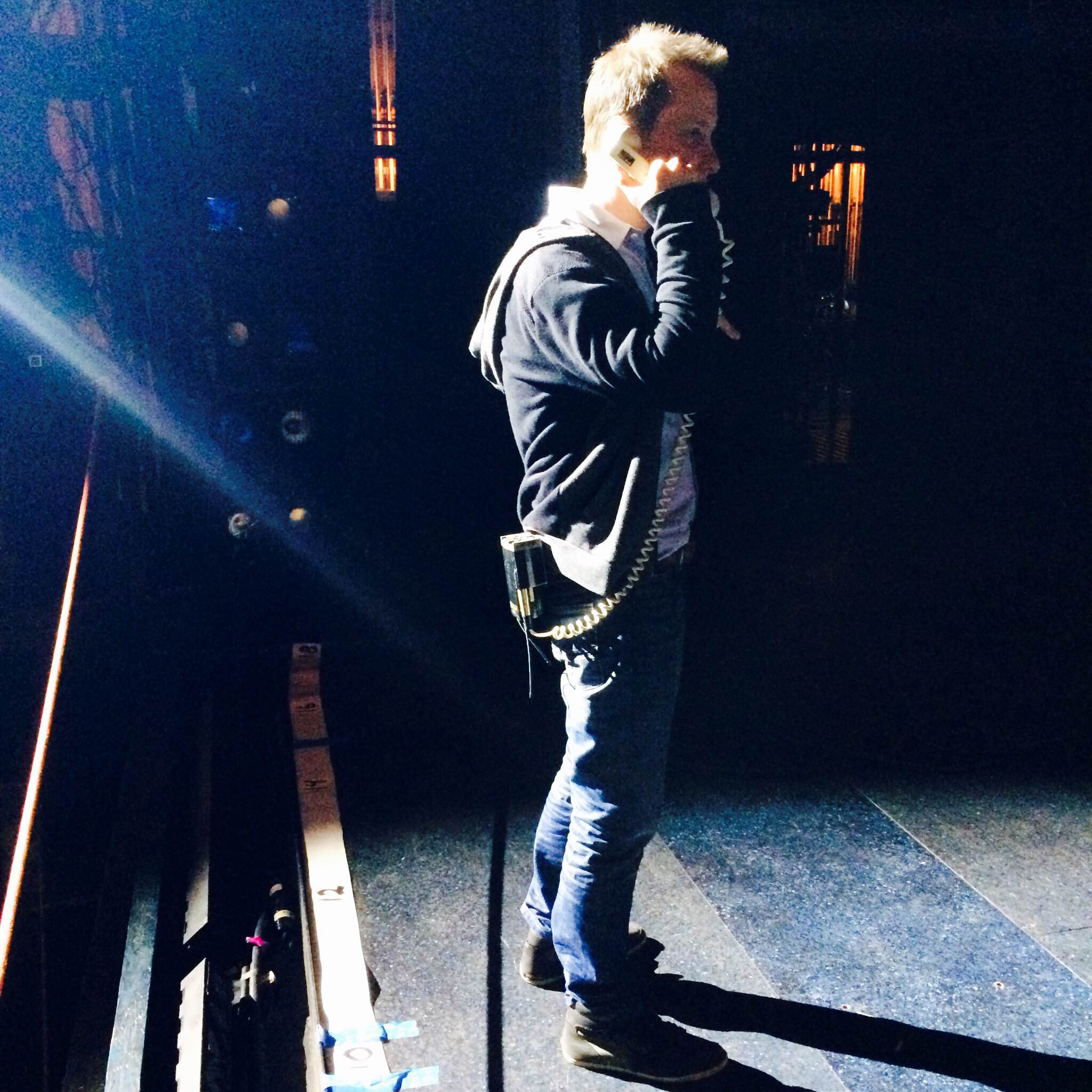Mike Wood: lighting designer, educator, previs contest creator
/Mike Wood, Abby May, and programmer Dalton Hamilton attend THE opening night of “Gentleman’s Guide to Love and Murder” at City Springs
The Casting Light Podcast is back, and we’re talking with Mike Wood of Mike Wood Lighting Design. Mike is based in Nashville, TN, and works as a lighting designer and lighting director throughout the United States. Joining Mike and your host is Abby May, a frequent collaborator of Mike’s.
Mike primarily works in theater, and we discussed his work on “American Prom” for Theatreworks in Colorado Springs, the outdoor work he and Abby do with American Stage in the Park in St. Petersburg, FL, and his residency with City Springs Theatre Company in Sandy Springs, GA. He is also an educator, and has served on the faculties of Marymount Manhattan College, The Collegiate School, Hillsborough Community College, and Howard W. Blake School of the Arts. We had a chance to talk about some of his education philosophies, as well as discuss his software projects and the seminars he’s created for people who would like to build out their own.
Mike was also the creator of the Theatrical Lighting Previs Contest, the winners of which were announced earlier this month. You can read more about it on Mike’s blog.
Thanks for joining us again!
American Prom at Theatreworks in Colorado Springs, CO
Fun Home at American Stage in the park in St. Petersburg, FL





























